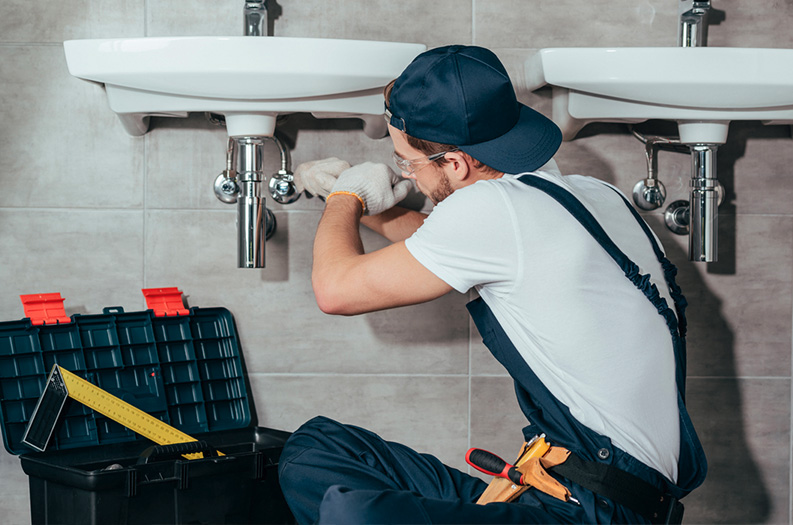News Blast
Your daily source for the latest news and insights.
From Leaky Faucets to Flooded Basements: Plumbing Nightmares
Discover shocking plumbing disasters, from leaky faucets to flooded basements. Don’t miss these nightmare stories that could save you a fortune!
Top 10 Common Plumbing Disasters and How to Avoid Them
Plumbing disasters are a nightmare for homeowners, often leading to costly repairs and significant water damage. To help you stay ahead of these issues, we’ve compiled a list of the Top 10 Common Plumbing Disasters and how to avoid them. From clogged drains to burst pipes, understanding the potential pitfalls can save you time and money. Here are some common problems:
- Clogged Drains
- Leaky Faucets
- Running Toilets
- Low Water Pressure
- Water Heater Issues
- Pipe Corrosion
- Overflowing Toilets
- Septic Tank Failures
- Frozen Pipes
- Gas Line Leaks
Each of these plumbing disasters can be avoided with simple preventive measures. For instance, regularly cleaning your drains and being cautious about what you flush can help prevent clogs. Additionally, scheduling routine maintenance checks for your plumbing system can catch potential problems before they escalate. By understanding the risks and implementing these preventive strategies, you can significantly reduce the chance of experiencing a plumbing emergency in your home.

What to Do When Your Faucet Starts Leaking: A Step-by-Step Guide
When your faucet starts leaking, it's crucial to address the issue promptly to prevent further water damage and conserve water. The first step is to turn off the water supply to the faucet. Locate the shut-off valve under the sink and turn it clockwise until it stops. Once the water is off, drain the faucet by turning it on and letting any remaining water flow out. This will make it easier to work on the faucet without any mess. Once you've completed these steps, you can start inspecting the faucet for any visible signs of damage or wear.
Next, disassemble your faucet carefully to determine the cause of the leak. Depending on the type of faucet you have, use a screwdriver or an adjustable wrench to remove the handle and any decorative parts. Pay close attention to the order of disassembly, as this will help you reassemble it later. Check the washer, O-ring, or cartridge for signs of wear or damage. If any parts are broken, visit your local hardware store to find suitable replacements. Once you've replaced the damaged components, reassemble the faucet in the reverse order of disassembly and turn the water supply back on to test for leaks.
How to Prepare Your Home for a Plumbing Emergency and Prevent Flooding
Preparing your home for a plumbing emergency is crucial in preventing significant damage and flooding. Start by familiarizing yourself with your home's plumbing system. Locate the main water shut-off valve, and label it clearly for easy access during an emergency. Regularly inspect your plumbing for leaks and signs of wear, such as damp spots on walls or ceilings. By being proactive and addressing these issues early, you can prevent minor problems from escalating into major plumbing emergencies.
In addition to regular maintenance, creating an emergency plan will help you respond quickly if a plumbing issue arises. Keep essential tools like a plunger, wrench, and towels handy to deal with minor leaks or blockages. Consider investing in a water detection system that alerts you to leaks in real time. Lastly, ensure your homeowners insurance covers sudden plumbing failures, giving you peace of mind in the event of a disaster. Preparation and awareness are your best defenses against plumbing emergencies.